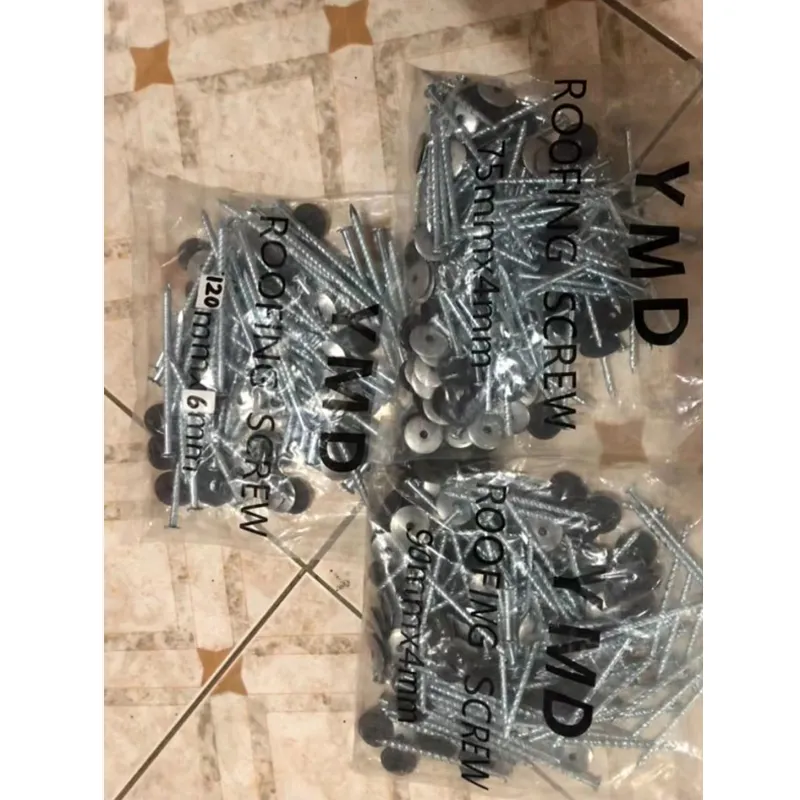Nov . 11, 2024 11:19 Back to list
mesh for plastering
Mesh for Plastering An Essential Component for Durable Finishes
When it comes to construction and renovation, plastering is an essential technique used to create smooth, aesthetically pleasing surfaces on walls and ceilings. However, to achieve a long-lasting and resilient finish, the use of mesh for plastering has become increasingly popular. This article explores the role of mesh in plastering, the benefits it offers, and its application in various construction scenarios.
The Purpose of Mesh in Plastering
Mesh refers to a network of interconnected materials, often made from fiberglass, steel, or plastic, that is integrated into plaster to enhance its structural integrity. The principal purpose of using mesh in plastering is to provide additional strength and support to the plaster layer. This is particularly crucial in applications where the risk of cracking is heightened, such as in areas with significant temperature fluctuations or where there are structural movements in the building.
Benefits of Using Mesh in Plastering
1. Increased Strength and Crack Resistance One of the main advantages of incorporating mesh in plastering is its ability to significantly reduce the chances of cracks appearing over time. The mesh serves as a reinforcement, distributing stresses evenly across the surface and preventing localized weaknesses that can lead to cracking.
2. Improved Adhesion Mesh helps enhance the adhesion of the plaster to the substrate, particularly in challenging conditions. This is beneficial when working with substrates that have a smooth or non-porous finish, as the mesh provides a rougher surface for the plaster to grab onto, promoting better bonding.
3. Moisture Control In addition to improving structural integrity, some types of mesh, such as those made from moisture-resistant materials, can help manage moisture. This is particularly relevant in areas prone to dampness, where the mesh can aid in reducing the likelihood of mold and mildew formation behind the plaster layer.
4. Versatility in Application Mesh can be utilized in various plastering systems, including traditional sand and cement mixtures, gypsum-based plasters, and more modern polymer-modified products. Whether you are working on interior walls, ceilings, or external facades, mesh can be adapted to fit a wide range of applications.
5. Cost-Effectiveness While there may be an initial investment in purchasing mesh materials, the long-term benefits often outweigh the costs. By reducing the need for repairs and maintenance due to cracking or peeling, mesh can contribute to a more economical approach to plastering in the long run.
mesh for plastering

Types of Mesh Used in Plastering
Several types of mesh are available, each suited for specific applications and environments
- Fiberglass Mesh This type of mesh is lightweight, flexible, and resistant to alkali, making it ideal for use in a variety of plastering projects. It is often used in cement-based plasters and renders.
- Metal Lath Typically made from galvanized steel, metal lath is more rigid than fiberglass mesh and is used for heavier plaster applications. It provides outstanding support and is commonly employed in external plastering.
- Plastic Mesh This type of mesh is often used in drywall applications where moisture-resistance and flexibility are key concerns. It is easy to handle and can be cut to size easily, making it a popular choice among DIY enthusiasts and professional plasterers alike.
Application of Mesh in Plastering
The process of applying mesh in plastering typically involves a few key steps. Initially, the surface to be plastered is prepared, ensuring it is clean, dry, and free of any contaminants. Once the surface is ready, the mesh is cut to the required size and applied over the area, often secured with adhesive or mechanical fasteners. Once in place, a base coat of plaster is applied over the mesh, followed by a finish coat to achieve the desired aesthetic.
Conclusion
In conclusion, the use of mesh for plastering is an indispensable practice that enhances the durability and longevity of plastered surfaces. By reinforcing plaster layers, improving adhesion, and offering moisture control, mesh significantly contributes to the overall quality of the finish. Whether for residential or commercial projects, the integration of mesh can lead to more robust and visually appealing results, ultimately safeguarding the investment in plaster finishes. With a variety of mesh options available and a straightforward application process, incorporating mesh in plastering is a wise choice for builders and renovators alike.
-
The Role of Field Wire Fence in Grassland Conservation
NewsJul.15,2025
-
Stainless Steel Razor Wire Durability in Coastal Environments
NewsJul.15,2025
-
Enhancing Home Security with Mesh Fences
NewsJul.15,2025
-
Diamond Mesh Wire for Small Animal Enclosures
NewsJul.15,2025
-
Common Wire Nail Tensile Strength Testing for Woodworking
NewsJul.15,2025
-
Barbed Wire Corrosion Resistance Galvanization Techniques
NewsJul.15,2025









